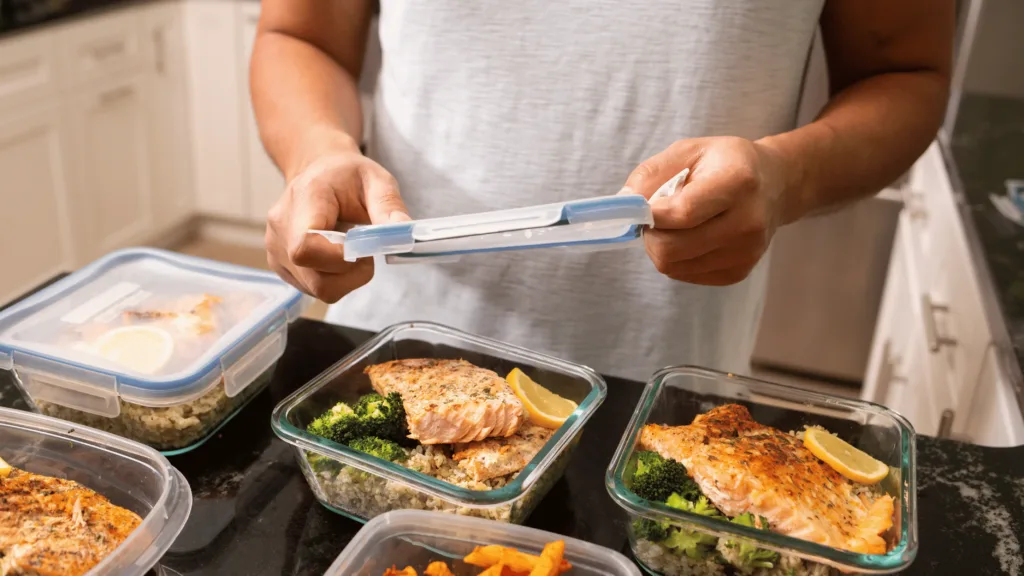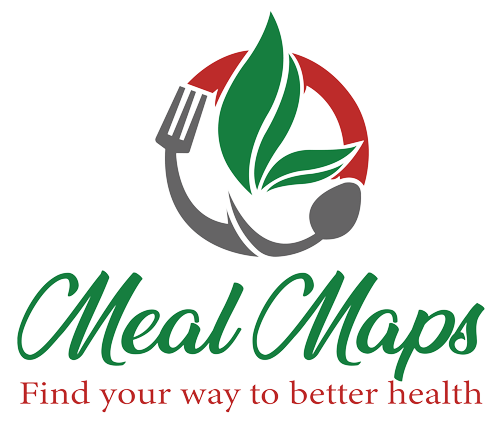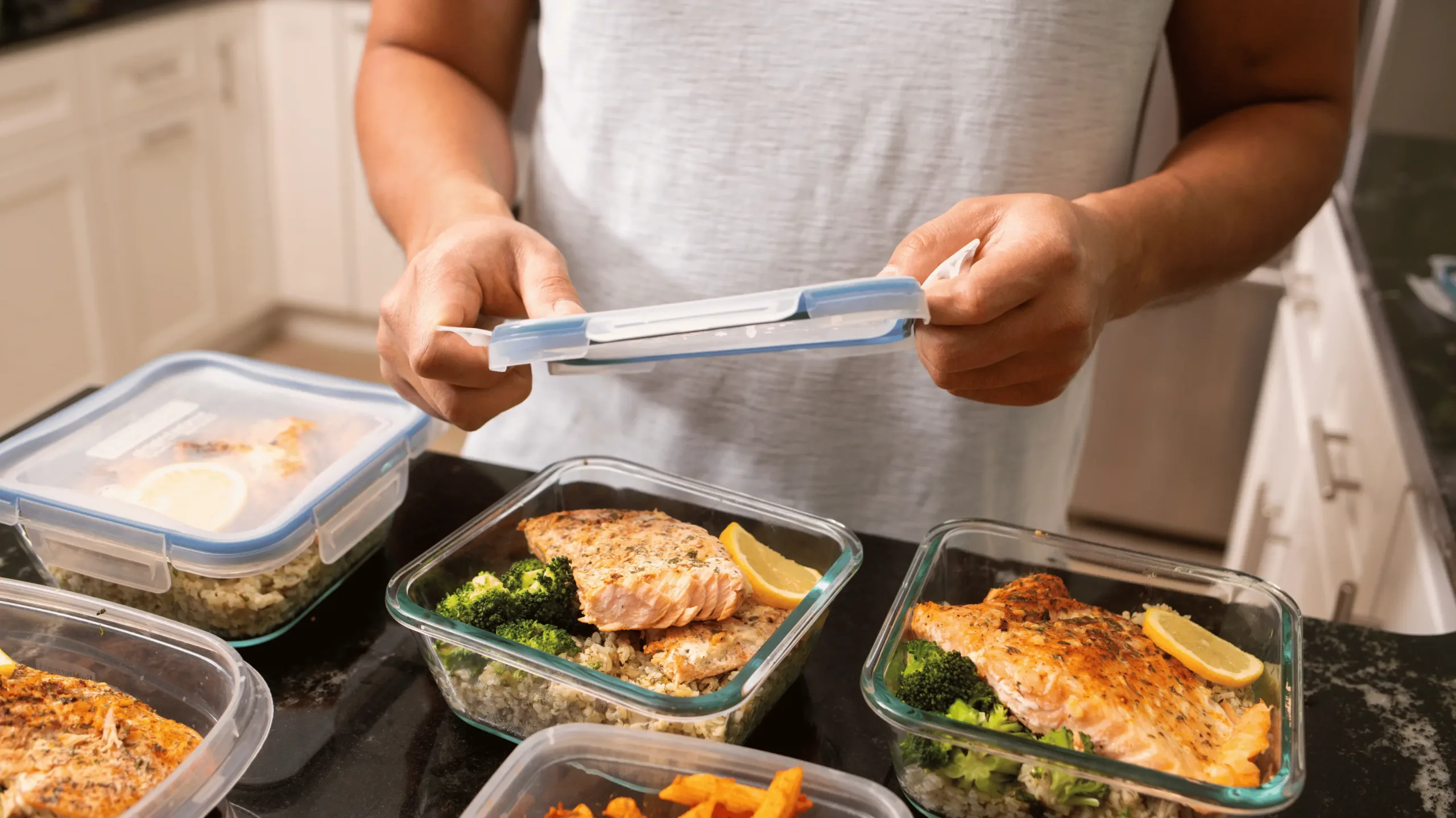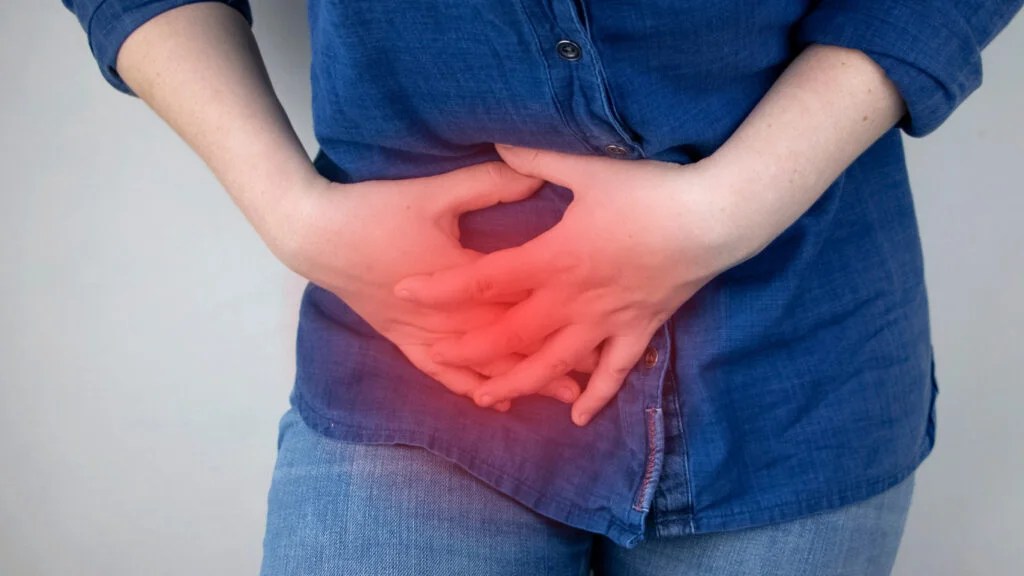The Ultimate Guide to Efficient Meal Prepping for a Healthy Week


Introduction
Are you tired of the daily hassle of deciding what to cook or resorting to unhealthy fast food? Meal prepping is your solution! This guide will walk you through the process of preparing your meals for the week in a few hours, ensuring you eat healthily and save time.
What is Meal Prepping?
Meal prepping is the practice of planning, cooking, and storing your meals in advance. It typically involves dedicating a few hours during the weekend to prepare and portion out all your meals for the coming week.
Benefits of Meal Prepping
Step-by-Step Guide to Meal Prepping
1. Plan Your Menu:
Start by planning a simple menu for the week. Include a variety of meals to keep things interesting.
2. Grocery Shopping:
Make a list based on your menu and shop accordingly. Focus on whole, unprocessed foods for healthier options.
3. Prep and Cook:
Wash and chop your ingredients. Cook your meals, focusing on one-pot dishes or baked options for efficiency.
4. Portion and Store:
Divide the meals into individual portions and store them in the fridge or freezer, depending on when you plan to eat them.
Here’s one of our favorite recipes to get you started:
This recipe is tailored for our subscribers who have one or more of the following conditions:
Conclusion
Meal prepping is a game-changer for anyone looking to eat healthier, save time, and reduce food-related stress. Start simple, be consistent, and enjoy the journey to a healthier lifestyle!








